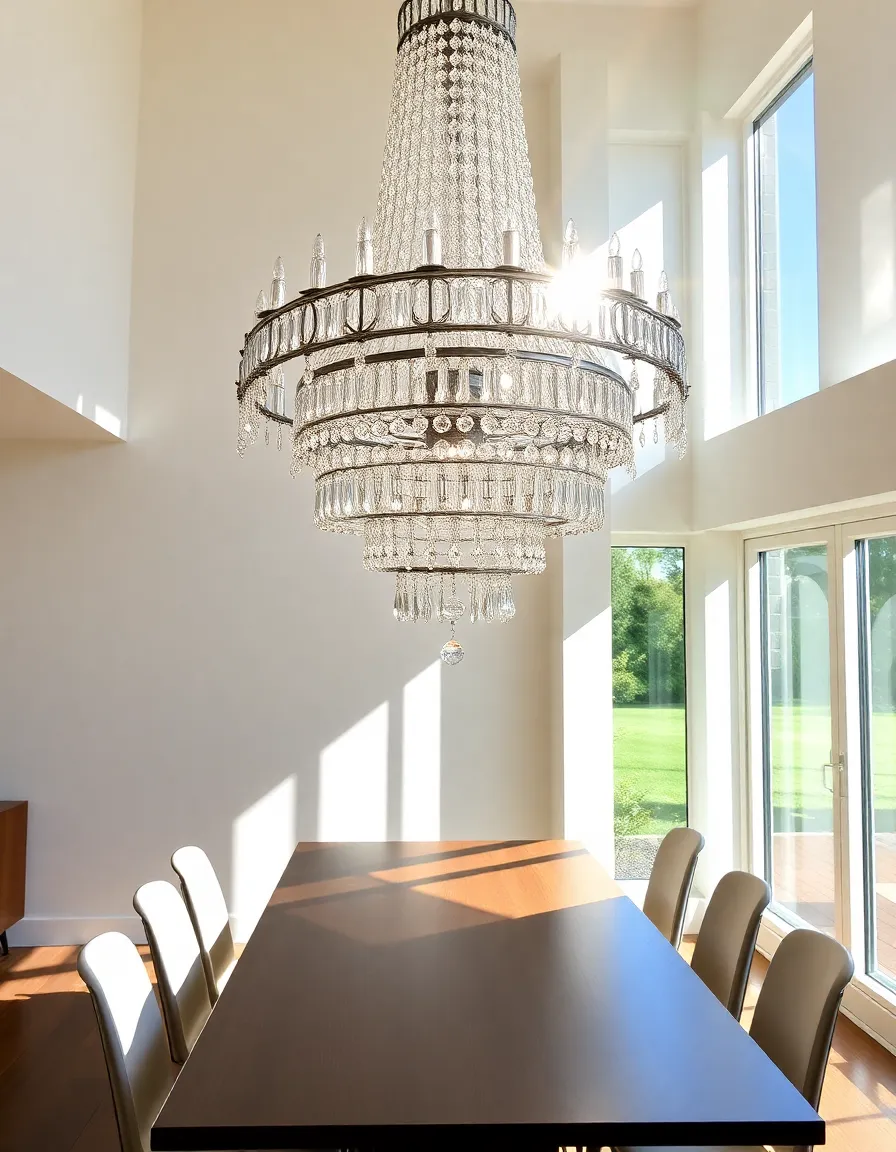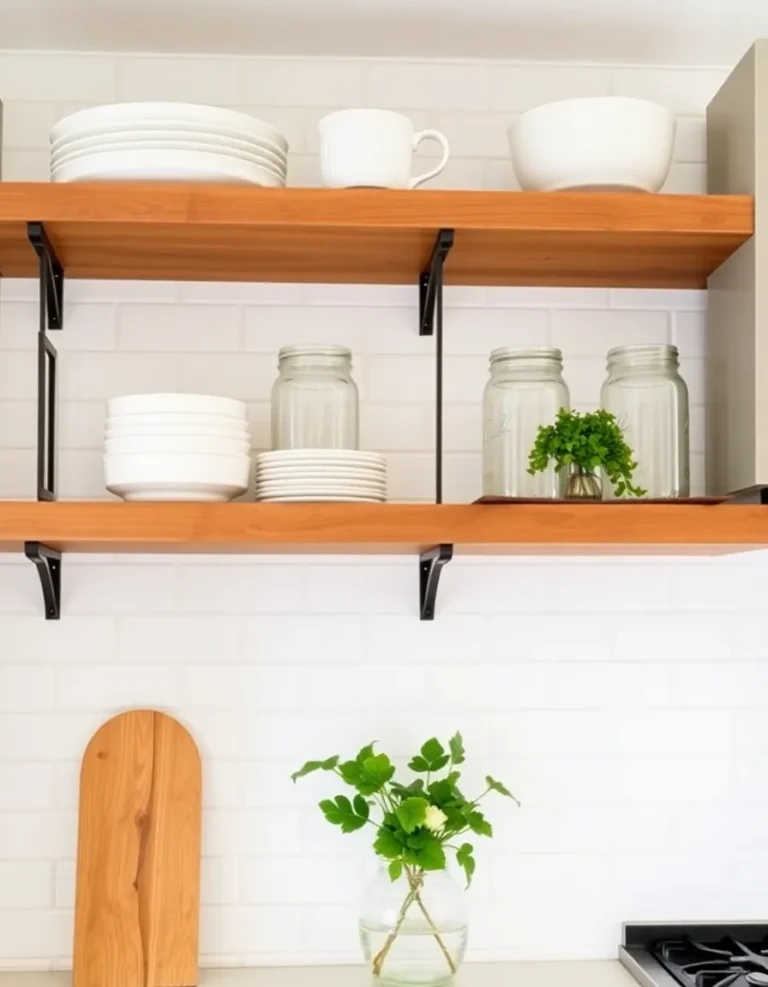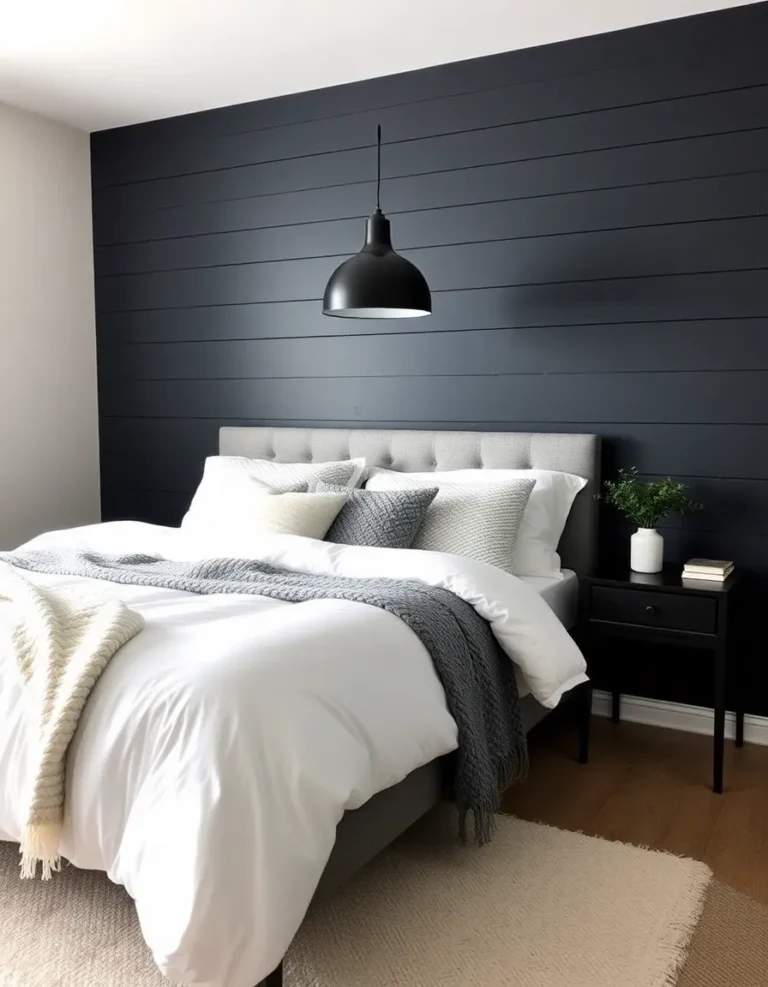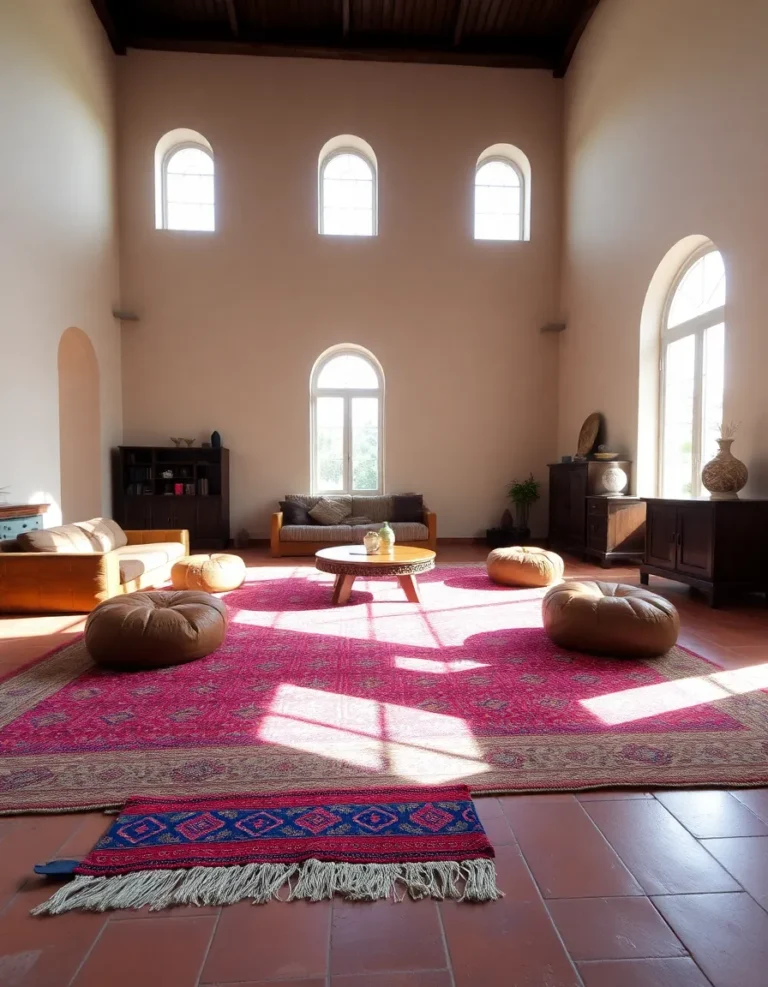Incorporating Victorian Lighting: Chandeliers, Sconces & Lamps

Hey there, fellow lighting lover! If you’ve ever found yourself staring at a Victorian chandelier, wondering how the heck people managed to dust those intricate crystal droplets without losing their minds, you’re not alone. Victorian lighting is equal parts stunning and slightly impractical—but oh, is it worth it. Whether you’re a die-hard antique enthusiast or just dipping your toes into the world of ornate fixtures, this guide will walk you through everything you need to know about incorporating Victorian chandeliers, sconces, and lamps into your space. And don’t worry, we’ll skip the dusty museum vibes and focus on making it work in real, modern life. Let’s dive in!
1. The Grand Statement: Victorian Chandeliers
Let’s start with the showstopper—the chandelier. Victorian chandeliers are like the divas of lighting: dramatic, attention-grabbing, and impossible to ignore. These fixtures were designed to impress, with cascading crystals, intricate metalwork, and enough candle-style bulbs to make your electric bill weep. But here’s the thing: they’re not just for ballrooms anymore. With the right approach, you can make a Victorian chandelier feel right at home in your dining room, bedroom, or even a surprisingly chic bathroom (yes, really).
One of my favorite tricks? Pairing a vintage-inspired crystal chandelier with minimalist furniture. The contrast keeps things fresh and stops the room from feeling like a period drama set. And if you’re worried about it being “too much,” remember: lighting is jewelry for your home. A little extra sparkle never hurt anybody.
Pro tip: If you’re buying an authentic antique chandelier, check the wiring before you install it. Trust me, you don’t want a 150-year-old electrical surprise.

2. Wall Magic: Victorian Sconces
If chandeliers are the divas, sconces are the supporting actors that steal the show. Victorian wall sconces add instant elegance without demanding center stage. They’re perfect for hallways, staircases, or flanking a fireplace—anywhere you need a touch of ambient lighting with a side of old-world charm.
I’ll admit, I used to think sconces were just for hotels and fancy restaurants. Then I installed a pair of brass-and-opal-glass sconces in my hallway, and suddenly, my house felt like it had secrets. The soft, diffused light they cast is moody in the best way, and they’re surprisingly versatile. Go for gaslight-style designs if you love historical accuracy, or try a repro with LED candles for a worry-free glow.
FYI: Sconces are also a sneaky-good way to add Victorian flair to a small space. No room for a chandelier? No problem. A couple of well-placed sconces can do the trick.

3. Table & Floor Lamps: Victorian Vibes, Modern Function
Now, let’s talk about the unsung heroes of Victorian lighting: table and floor lamps. These are where you can really have fun mixing eras and styles. A Tiffany-style stained glass lamp on a mid-century desk? Chef’s kiss. A brass adjustable library lamp next to your modern sofa? Unexpected perfection.
I have a soft spot for Victorian oil lamp conversions—the ones that keep their original fonts but get updated with electrical wiring. There’s something so charming about the combination of history and practicality. Plus, they make fantastic conversation starters. (“Oh, this old thing? It used to run on whale oil.”) Just be sure to measure before you buy; some of these lamps are taller than you’d expect, and nobody wants a lamp that looms over them like a disapproving butler.
IMO: If you’re going for a Victorian lamp, spring for one with a dimmer switch. The ability to adjust the light level means you can go from “reading Dickens by the fire” to “watching Netflix without eyestrain” in seconds.

4. Mixing Victorian Lighting with Modern Decor
Okay, let’s address the elephant in the room: how do you keep Victorian lighting from making your home look like your great-great-grandmother’s parlor? The key is balance. You wouldn’t wear a top hat with sweatpants (or maybe you would, no judgment), but the same principle applies here. Pair your ornate fixtures with clean lines, neutral colors, and contemporary art to keep things feeling fresh.
One of my favorite combos? A crystal chandelier in an all-white kitchen with stainless steel appliances. The contrast between the sparkle and the sleek modern elements is *chef’s kiss*. Or try a black wrought-iron Victorian floor lamp next to a low-profile sectional. The juxtaposition is what makes it interesting.
Remember: You don’t have to go full-on Victorian to incorporate these pieces. Sometimes, one statement fixture is all you need to add that touch of drama.

5. Where to Find Authentic (and Affordable) Victorian Lighting
Now, the million-dollar question: where do you actually buy this stuff without selling a kidney? Authentic Victorian lighting can be pricey, but there are ways to score gorgeous pieces without breaking the bank. Antique shops, flea markets, and online auctions are gold mines—just be prepared to hunt a little. I once found a stunning brass sconce at a garage sale for $20, and it’s now one of my favorite things in my house.
If you’re not up for the treasure hunt, there are plenty of amazing reproductions out there. Brands like Rejuvenation and Restoration Hardware offer Victorian-inspired pieces with modern wiring and safety standards. And hey, no shame in the repro game—sometimes, you just want a lamp that doesn’t smell like 1890.
Pro tip: Check local salvage yards or architectural reclaimation centers. You’d be surprised what people tear out of old houses and sell for a steal.

So there you have it—your crash course in bringing Victorian lighting into your home without it feeling like a time capsule. Whether you go full-on chandelier or just add a subtle sconce or two, these pieces have a way of adding instant character and warmth. And hey, if nothing else, you’ll never have to worry about your lighting being boring. Now, go forth and light things dramatically! 🙂



